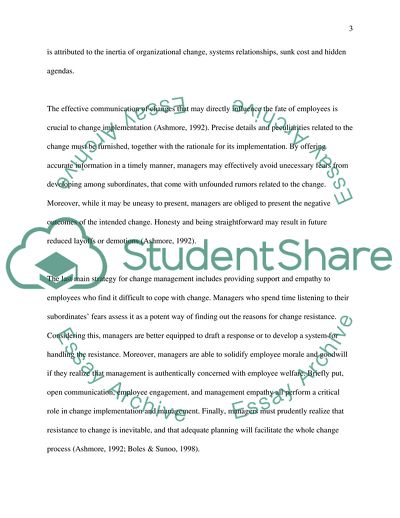Cite this document
(Plan for Human Resource Transformation Case Study, n.d.)
Plan for Human Resource Transformation Case Study. https://studentshare.org/human-resources/1718825-project-4
Plan for Human Resource Transformation Case Study. https://studentshare.org/human-resources/1718825-project-4
(Plan for Human Resource Transformation Case Study)
Plan for Human Resource Transformation Case Study. https://studentshare.org/human-resources/1718825-project-4.
Plan for Human Resource Transformation Case Study. https://studentshare.org/human-resources/1718825-project-4.
“Plan for Human Resource Transformation Case Study”. https://studentshare.org/human-resources/1718825-project-4.


